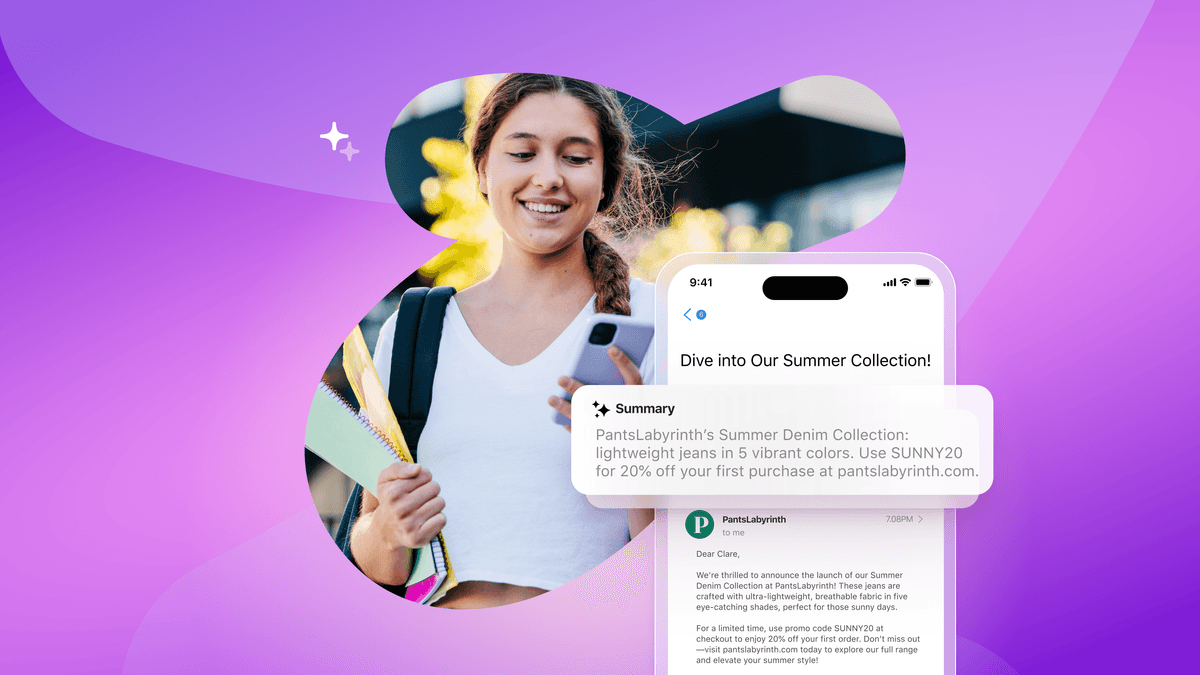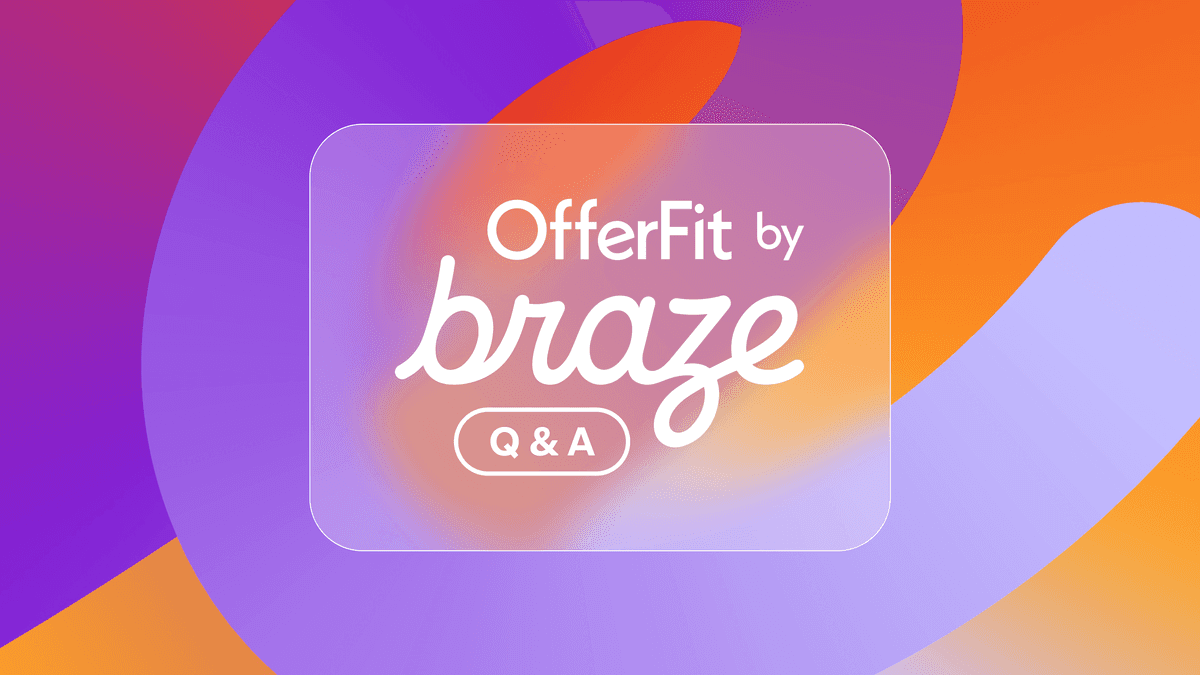5 Essential Things to Know About Mobile Marketing
Published on February 19, 2016/Last edited on February 19, 2016/4 min read


Team Braze
Former Coca-Cola marketing head Wendy Clark once said, “If your plans don’t include mobile, your plans are not finished.” That pretty much sums up the urgency of mobile. Cool. Now, what to do about it?
Getting started in mobile marketing can be a daunting task. You know it’s important, but have no idea how to get started. There are people telling you to go right, then there are people telling you to go left. It’s confusing and may even be discouraging.
To help guide you through the process, we’ve collected five of the most pressing questions people ask before getting started in mobile marketing. These five pieces of insight have been handpicked from our new “50 Mobile Marketing FAQs Answered” ebook, a central place for everything you need to know about mobile marketing. Check out the five questions below. If you’re really curious, you can skip ahead and download the full version here.
Getting Started in #Mobile? Here Are 5 Things You Need to Know
1) What is a typical mobile marketing budget?
As much as 6% of marketing budgets is being allocated to mobile, according to Duke University. That number is projected to increase to around 15% by 2018. Moral of the story: throw some dollars at mobile as soon as you can. Once you define your goals and determine what success looks like, you’ll then be able to create an appropriate budget. Also, think about the percentage of your overall marketing budget you want to devote to mobile compared with desktop, offline, etc.
2) Should I focus on iOS or Android?
Although more people have Android phones, it’s more difficult for developers to account for Android’s fragmentation in the mobile marketplace. Some developers choose to focus on iOS first because it’s easier to develop for one phone rather than multiple. Once your company has enough resources, it’s ideal to have an app for both Android and iOS, as the market for both operating systems is significant and demographics and behaviors can vary. For example, according to an Appboy study, the average push notification opt-in rate for Android is 61% compared to 47% for iOS.
3) How would I integrate a marketing platform with my app?
The most common way of integrating your app with a mobile marketing platform is using a software development kit (SDK). Your chosen mobile marketing platform will have an SDK that you install in your app. Once the SDK is in your app, data about your users’ behaviors in your app will be shown on the platform. However, marketers aren’t usually the ones making these technical decisions. A good way to learn about integrations with your app is to talk to your engineering team (which we know isn’t super easy), as they will most likely be the ones to integrate the SDK. When vetting a mobile marketing platform, your engineering team will have to have a say in how, and whether, an SDK is integrated.

4) What is a user engagement funnel?
A user engagement funnel is like any other marketing funnel. It reflects the stages of engagement users go through, from awareness and consideration to loyalty. You can use the engagement funnel to map out user behavior and the actions you should take as a marketer to coincide with the those behaviors. For example, if a user is at the conversion stage of the funnel and has made a purchase in your app, you could use push notifications and in-app messages to periodically show them related products in which they’ll most likely be interested. This is an action that could move the user to the loyalty stage of the funnel over time. It’s important to know where in the funnel users currently are and create campaigns to move users further down the funnel.
5) Why is segmenting important?
User behaviors vary widely, of course. They have different engagement levels, daily cadences, brand preferences, and virtually infinite characteristics that make them unique. Treating everyone the same is lazy marketing and users may stop trusting your brand if they feel like their experience is not relevant to them. The best way to make your mobile marketing campaigns highly personalized is to create segments you can target based on behaviors in your app and personal attributes, such as demographic and social characteristics.
Here’s what the rest of this chapter of the ebook covers:
- Are there any spam or legal regulations?
- What does campaign localization mean?
- Why is mobile onboarding important?
- What is personalization and why is it important?
- What is deep linking and why is it important?
- Should I use GIFs and emojis in my mobile campaigns?
- What are possible conversion events I can measure?
- What is frequency capping?
- What are webhooks and how can I use them in mobile marketing?
To get answers to the rest of the questions in this chapter and 36 more mobile marketing questions, download our free ebook!
Be Absolutely Engaging.™
Sign up for regular updates from Braze.
Related Content
View the Blog
How Android 16 and iOS 26 are reshaping customer engagement

Haley Trost

Proven customer retention strategies for building loyalty and reducing churn
July 02, 2025
Introducing OfferFit by Braze: Answering burning questions
